1. Last month, I was about to get on a flight to Africa for an ISIS story when our world fell apart. Now I& #39;ve been asked to cover another kind of war - the one on COVID. My first story looks at the backlog in testing which in some parts of the country is getting worse not better:
2. With the second highest caseload in the country, New Jersey is suffering. I began hearing stories of desperately sick patients spending all night in their cars, waiting for one of the limited tests at a drive-thru testing site. We showed up at 6:30 am. Here& #39;s what we found:
3. A week before we came, patients were lining up at 3 am for a site that opens at 8. When we went last week, people had shown up as early as 10:45 pm the ***night***before. All night in their cars, fighting fevers, chills. One woman had slurred speech & feelings of confusion.
4. To understand why the testing backlog is "unequivocally worsening," as Gov. Philip Murphy said, @rcjonesphoto @erinschaff & I set out to follow the entire journey of one nasal swab. Follow along so that I can share the bottlenecks we found at every turn https://www.nytimes.com/2020/04/13/nyregion/coronavirus-testing.html">https://www.nytimes.com/2020/04/1...
5. There are still not enough specimen kits, so at the drive-thru at Bergen Community College, sick people are forced to compete for one of the coveted 500 nasal swabs given out daily. When we showed up, we found cars parked, engines off, windows fogged up with people sleeping:
6. Just before the drive-thru opens at 8 a.m., a police car drove up & down the milelong line, sirens on. It appeared they were trying to wake the sleeping patients. Everyone turns on their engine. Soldiers in camouflage were manning the entrance. Cars drive up to a triage point:
7. They drive up to the first triage point, where nurses asked drivers to roll up their windows. They communicated through a 1-inch slit in an effort to reduce exposure. They need to show their New Jersey ID to be allowed to continue. You also need to be experiencing symptoms:
8. If the first bottleneck is the limited number of testing kits (500 per day at the site I visited), the second is the lack of nurses. Hospitals statewide are calling for volunteers. There& #39;s a limited number of medical staff & you need a trained professional to do the nasal swab
9. Patients like Kayla Codina who was having trouble taking a full breath took the time to write messages of thanks for the nurses whom she knew were risking their lives to help protect hers. A lot of love for first responders, captured here by @rcjonesphoto:
10. I repeatedly saw nurses telling patients to roll up their window. Only time glass is lower than 1-inch is during specimen collection. The swab is put into the nose as far back as it can go, until it hits resistance. It makes people sneeze violently, aerosolizing the virus:
11. Between each patient, nurses are told to throw away the sleeve of their gown. It takes a *lot* of PPE to safely remove a specimen, another bottleneck. But now let me tell you what happens when the specimen reaches the lab, which is where states like New Jersey are in trouble:
12. The government wasted time insisting that the test should be done by the CDC. By the time it was clear that test was a failure, the US was in crisis. Commercial labs like @questdiag did not get FDA permission to roll out their own labs until Feb. 29, months into the pandemic
13. Nationwide 2.9 million tests have been carried out so far, of which 1.9 million, or two out of every three, were carried out by commercial labs. So the backbone of testing is private labs, not the federal government, yet the FDA didn& #39;t give them permission to start till 2/29
14. @rcjonesphoto & I waited until the drive-thru closed last Tuesday. That& #39;s when Douglas Ortmann, a 20-year veteran of Fedex, showed up to pick up the samples. He makes the same run everyday: Pick up the test tubes in Paramus, NJ then drive them 14 mins to nearby Teterboro, NJ:
15. Teterboro is home to Quest Diagnostic& #39;s flagship lab and the driver arrived there in 14 mins. The quickest turnaround for the NJ residents who spent all night in their cars would be if their swab was processed in Teterboro. Here& #39;s where the next bottleneck is occurring:
16. Like other commercial labs, Quest is processing nasal swabs from every state in the nation. They have to prioritize sick patients in hospital beds and because NJ sits next to NY, the Fedex van we were tailing is just one of countless other vans that were pulling up to the lab
17. Before the samples we were following had even been unloaded at the Teterboro lab, Quest& #39;s logistics team had made a decision that the swabs would need to be diverted and tested at one of its 11 other labs. There were just too many other high-priority tests from nearby
18. In Teterboro, lab technicians inputed the names of patients on a computer, creating a manifest for the samples (like a plane manifest, except for test tubes). They packed them in dry ice. We went home, had dinner & came back at 1 am to see the samples leave for the airport:
19. Quest has a fleet of 23 planes they& #39;re using to ferry nasal swabs from one lab to another. They& #39;re trying to get the tests done as quickly as possible, but the needless delay in Washington has created a sizable backlog. For the second time we saw the samples get in a van:
20. The small plane, its belly full of COVID-19 samples, took off at 1:53 a.m. last Wednesday morning. @rcjonesphoto & I stood on the tarmac until it disappeared, destination Manassas, Va. It should have been less than 1h flight time, but then there was a storm ...
21. At this point, @rcjonesphoto & I headed home. I have to say we both got somewhat attached to "our" samples. I was in touch by text with five of the people whose swabs were inside that plane, several of them battling scary symptoms. We were rooting for them to get answers.
22. My colleague @erinschaff waited for the samples in Virginia. I told her to be there by 3 am. She waited & waited, as heavy rain lashed the airport. Finally 1.5 hours late, the plane landed, its insides full of test tubes. For the third time in 24h, the samples got in a van
23. The patients in New Jersey had been told to wait 3-5 days for results. That& #39;s a lot of time when you consider that less developed countries like Senegal are providing same day results. And its especially long if you feel very sick. Now the tests ran into the next bottleneck:
24. As the sun rose on Day 2 post-test, the specimens were unloaded at Quest& #39;s lab in Virginia. Immediately after the FDA gave commercial labs approval to do testing, Quest began with a manual test - one that had to be done by a person. Then they ramped up to a mechanized test.
25. The mechanized test is carried out on Roche& #39;s Cobas 8800 machine, and the plates inside allow you to do 300+ tests in 3-4 hrs. In theory, the 500 tests from New Jersey could get done in 8 hrs. But a human being needs to load each nasal swab into the machine using a pipette:
26. That takes time and can only be done by trained professionals. Once inside the machine, the Roche contraption carries out a "polymerase chain reaction," a procedure that seeks to augment and identify the genetic marker of the virus:
27. Because the procedure involves high heat, one of the chemicals required to carry out the test is an enzyme, sourced from a bacteria that lives in hydrothermal vent shafts deep in the ocean. It is used to withstanding high heat. This enzyme is the next bottleneck.
28. Roche supplies labs like Quest with this enzyme and the other reagents used to run the test and there just isn& #39;t enough. Quest can do a maximum of 35,000 tests a day nationwide. By the time the results are in, Day 1 has bled into Day 2 and Day 3. People are anxiously waiting
29. Finally, the results are sent from the lab to Maximus, a company which has a contract with the government & operates a call center. They make the outgoing calls. In New Jersey, Kayla Codina said she lowered herself to the floor when her phone rang. "Negative," she was told
30. But in Hackensack, the Chia family got bad news: Both brothers were positive. Worse, so was their 84-year-old dad. On Saturday as he struggled to breathe, they called 911. His O2 levels were dangerously low. For now dad is staying home where his sons are loving caring for him
31. Some light at the end of the tunnel from @questdiag which just sent me this. They’ve ramped up to 45,000 tests a day. Thank you  https://abs.twimg.com/emoji/v2/... draggable="false" alt="🙏" title="Folded hands" aria-label="Emoji: Folded hands"> to their scientists who allowed us to peek behind the curtain & to my colleagues @rcjonesphoto @erinschaff whose images grace my article & thread
https://abs.twimg.com/emoji/v2/... draggable="false" alt="🙏" title="Folded hands" aria-label="Emoji: Folded hands"> to their scientists who allowed us to peek behind the curtain & to my colleagues @rcjonesphoto @erinschaff whose images grace my article & thread

 Read on Twitter
Read on Twitter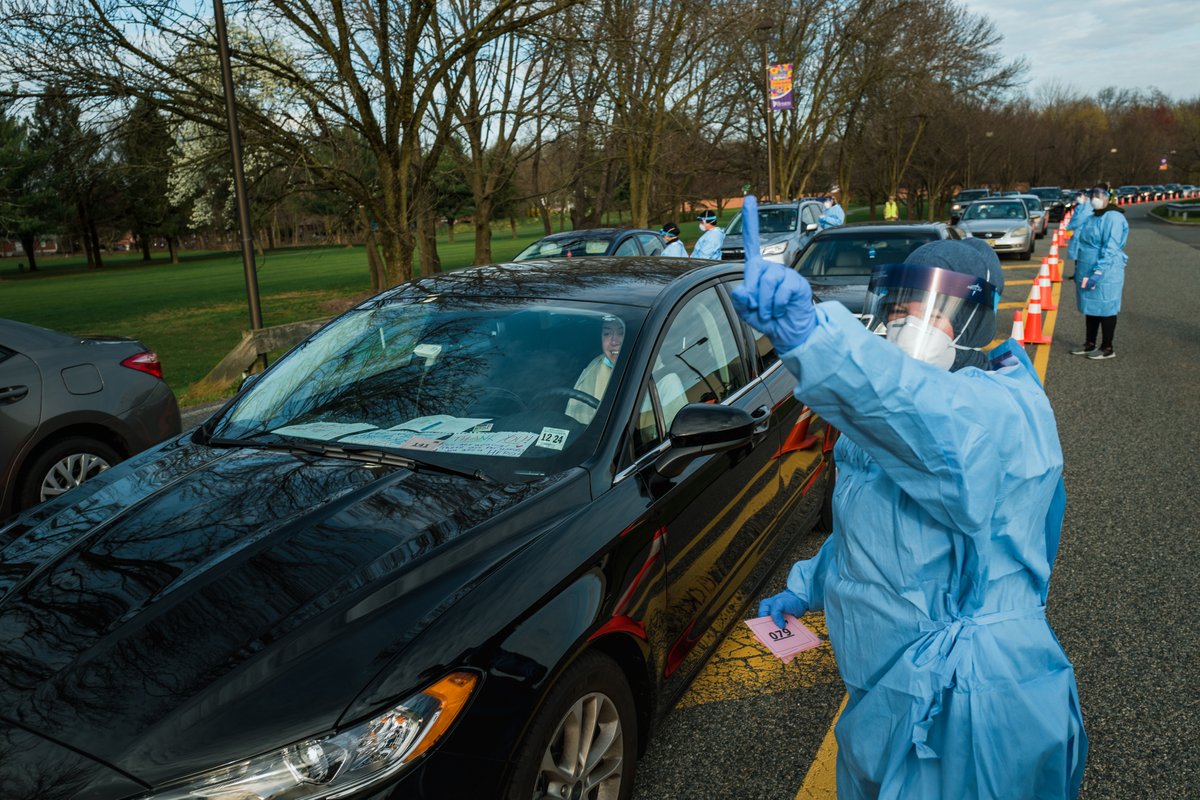
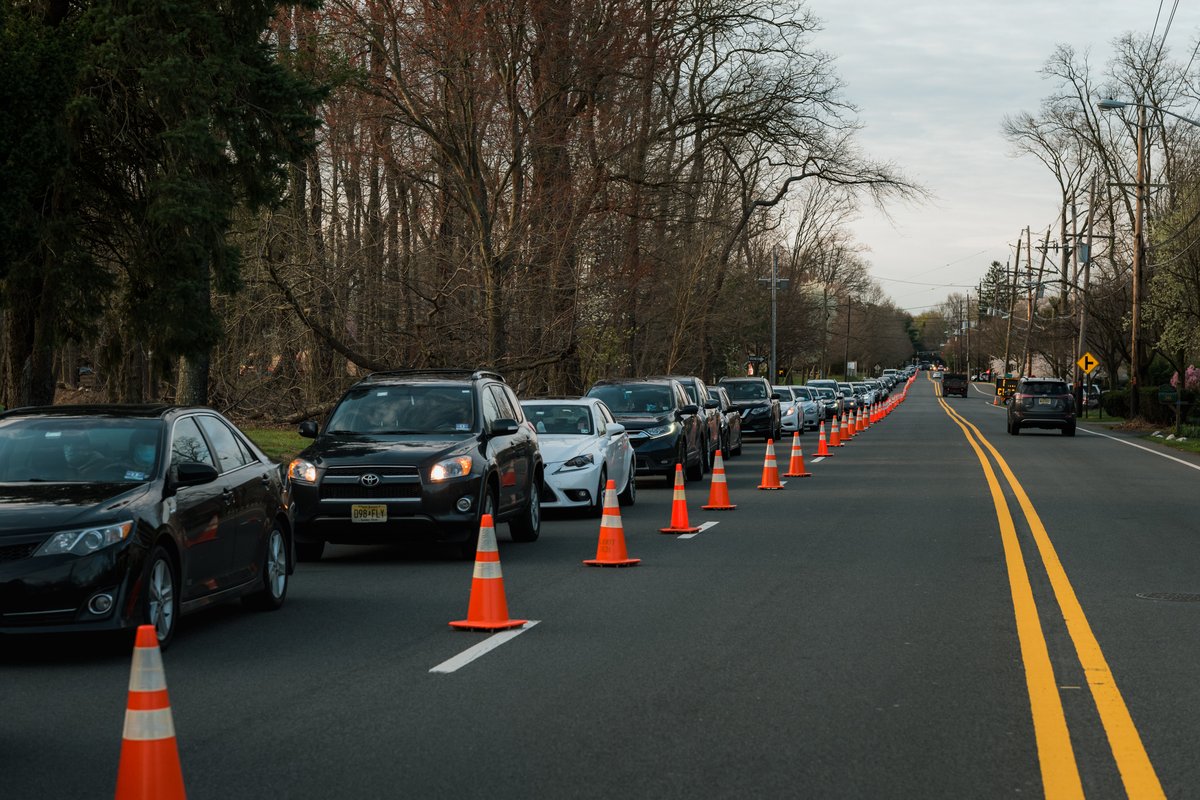
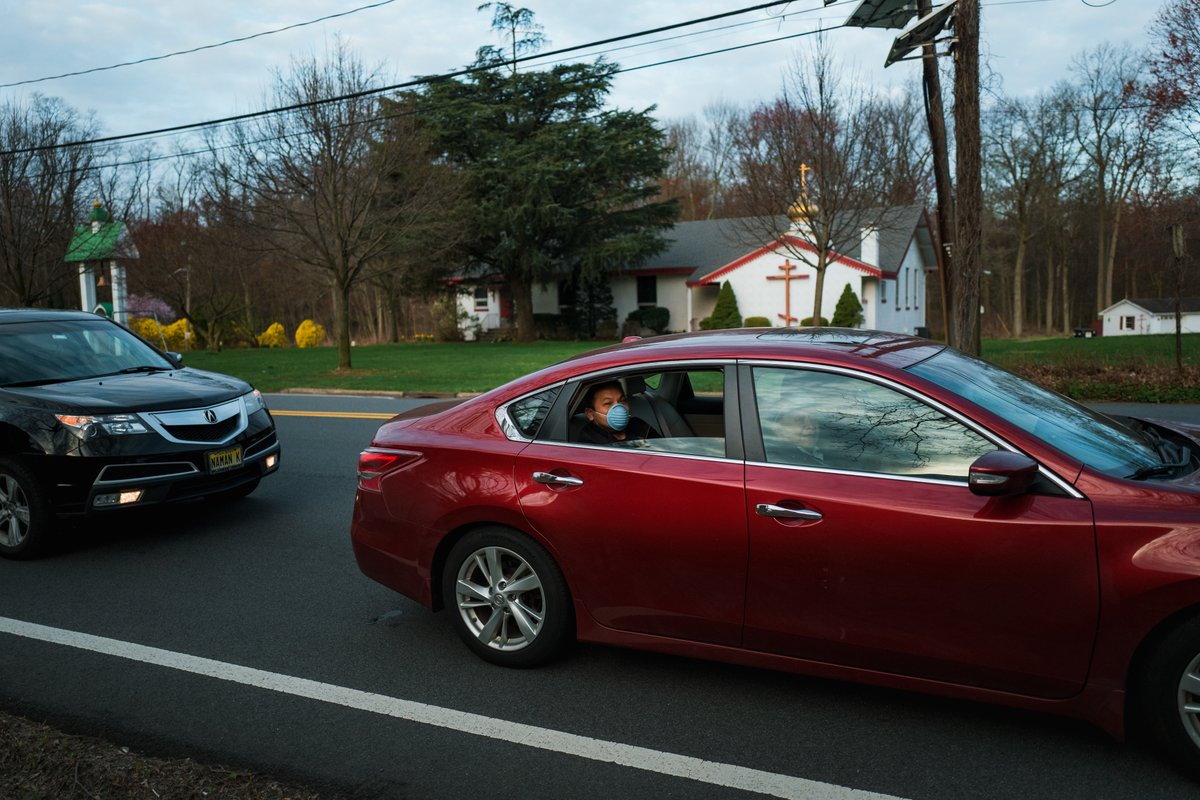
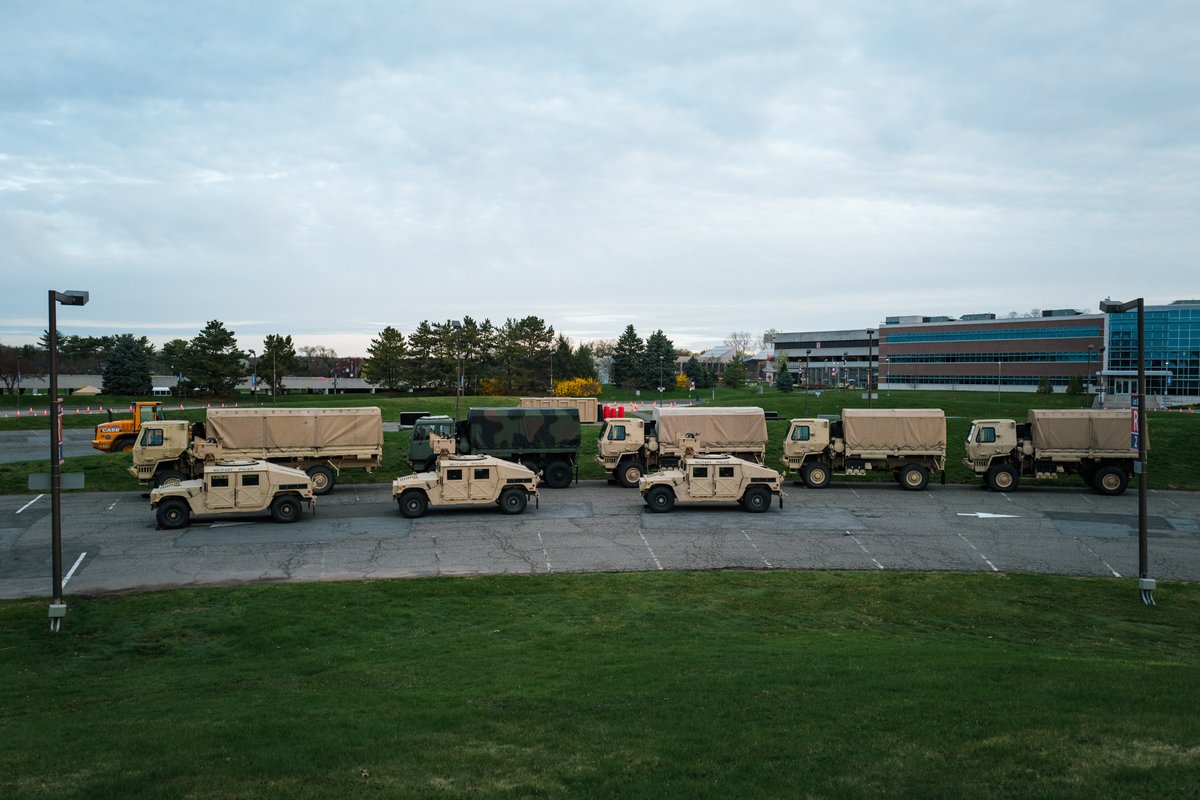
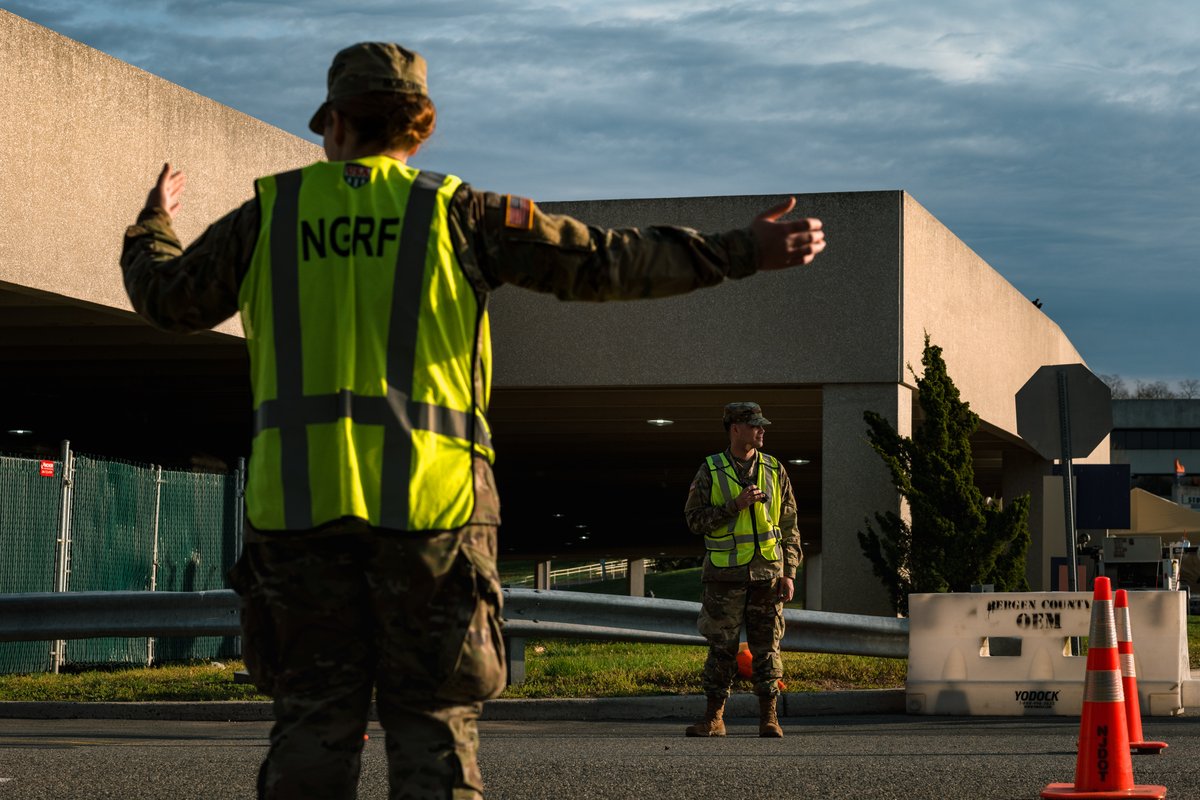
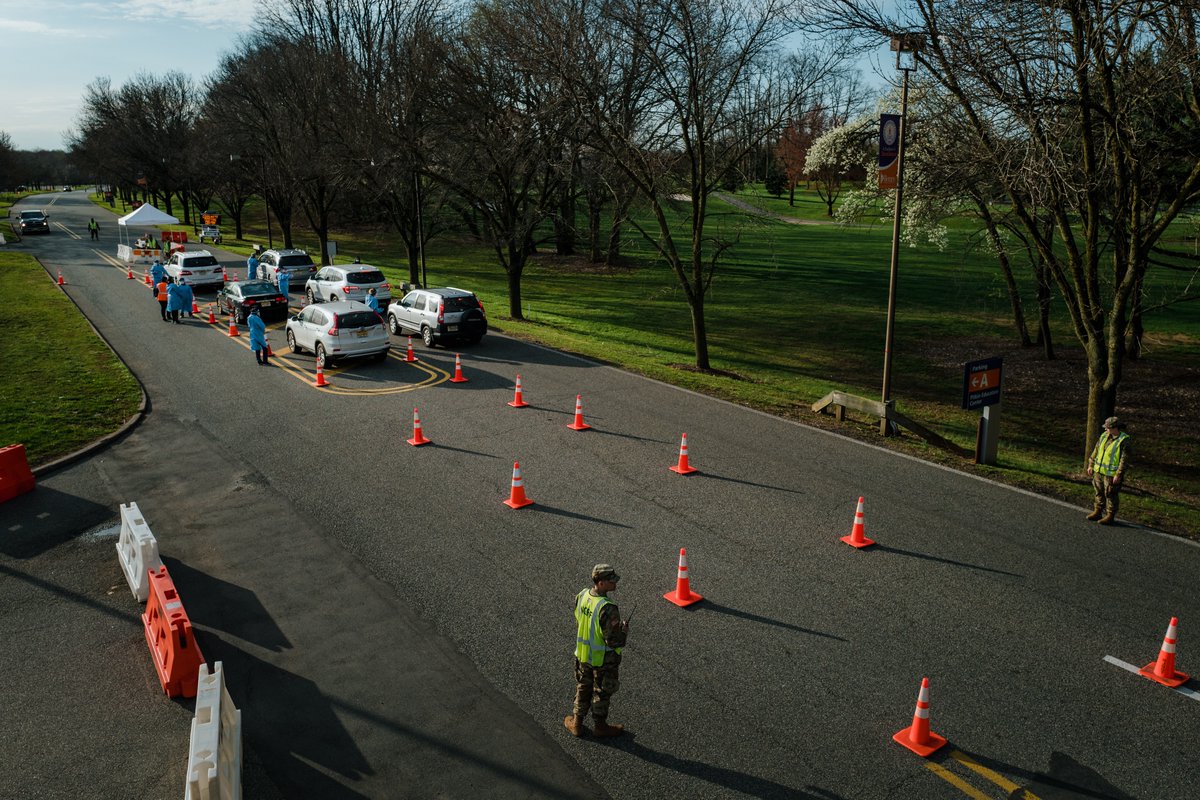
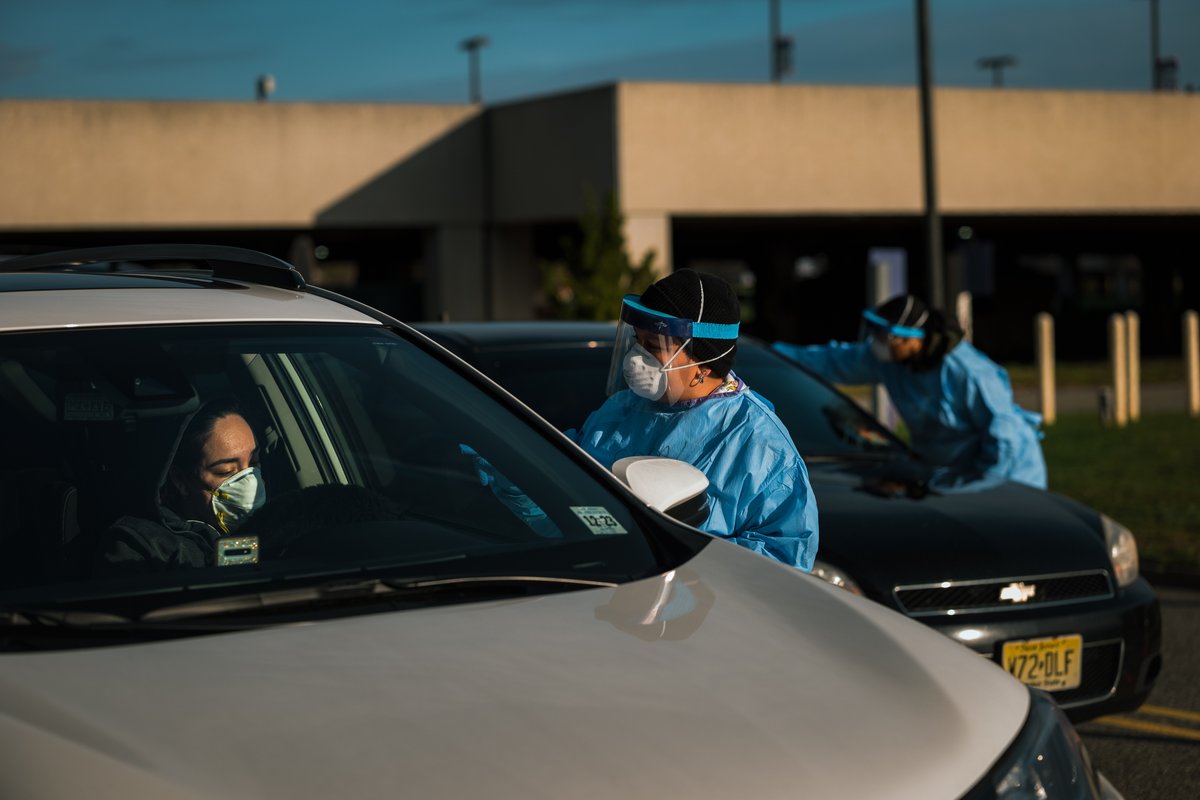
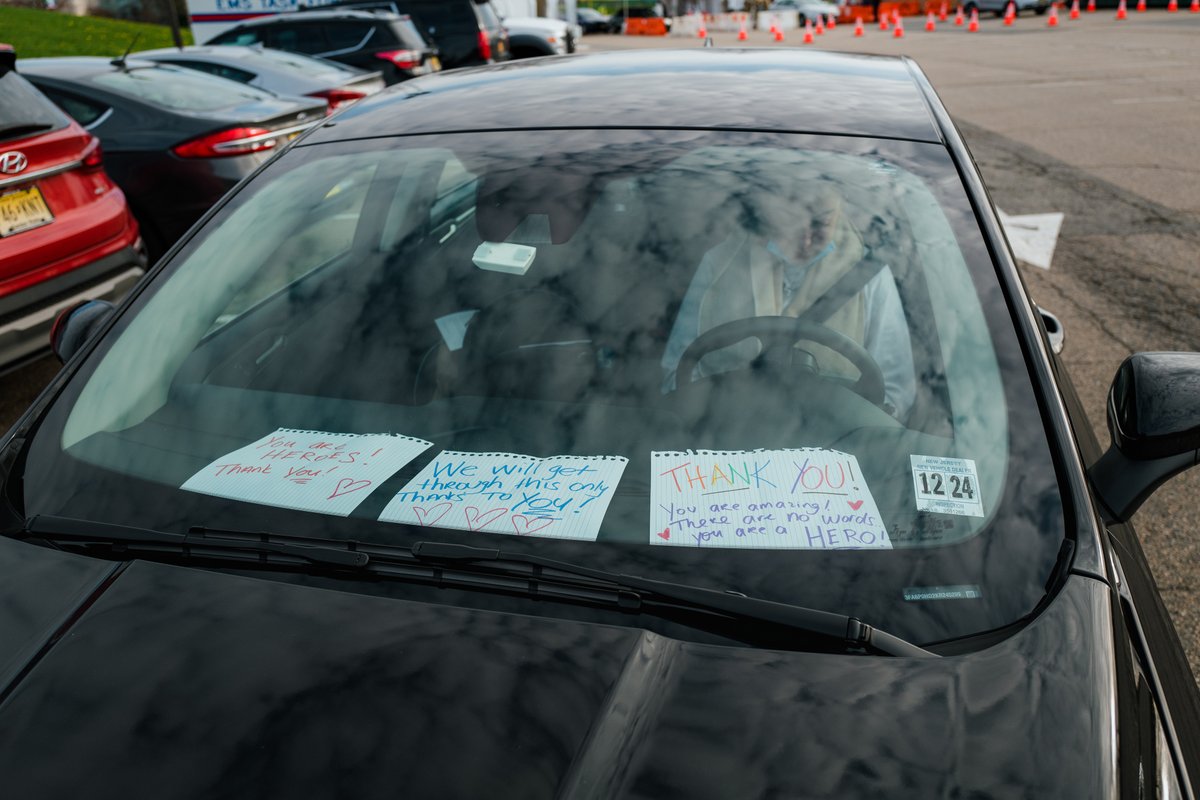
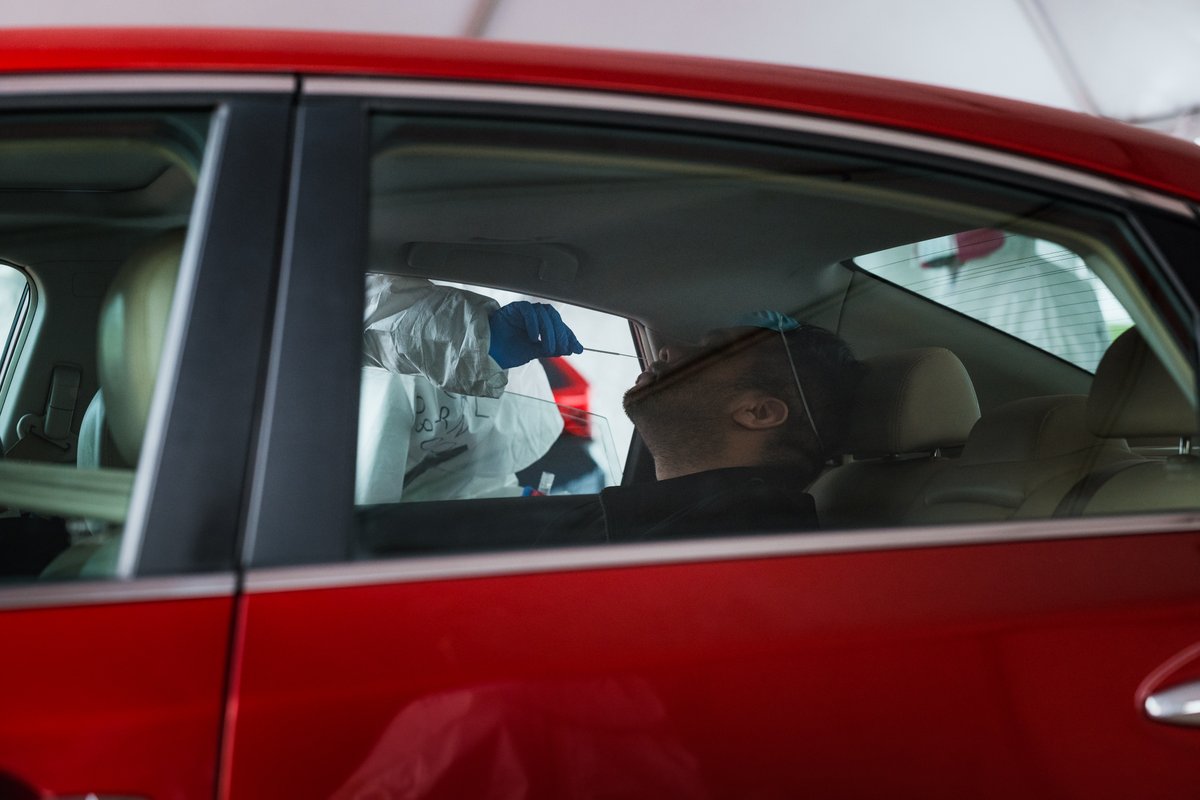

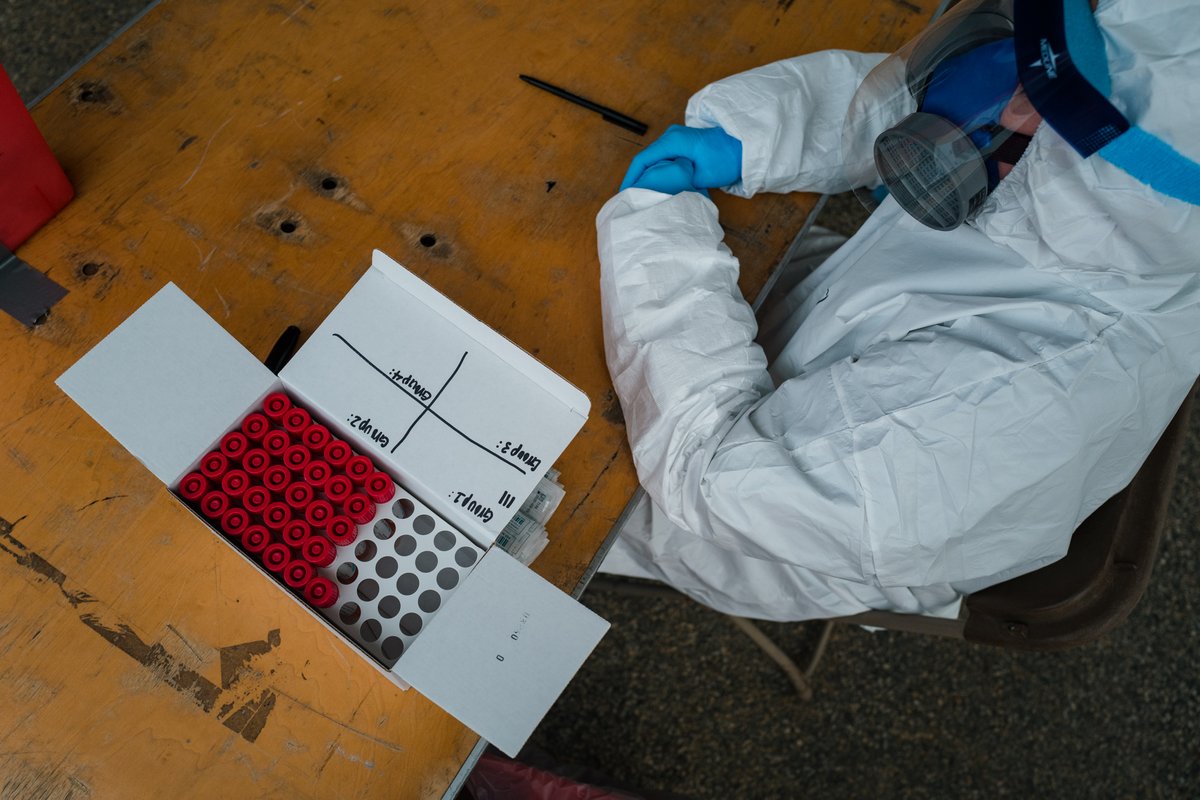
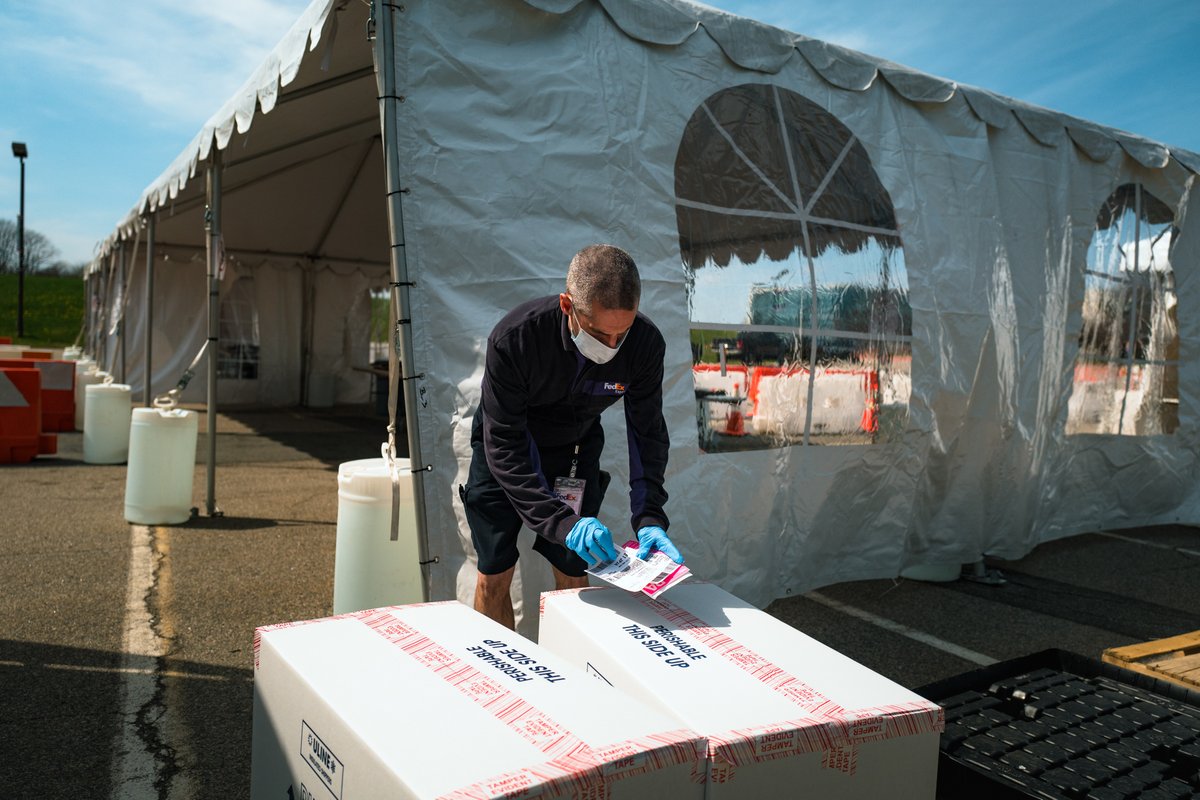
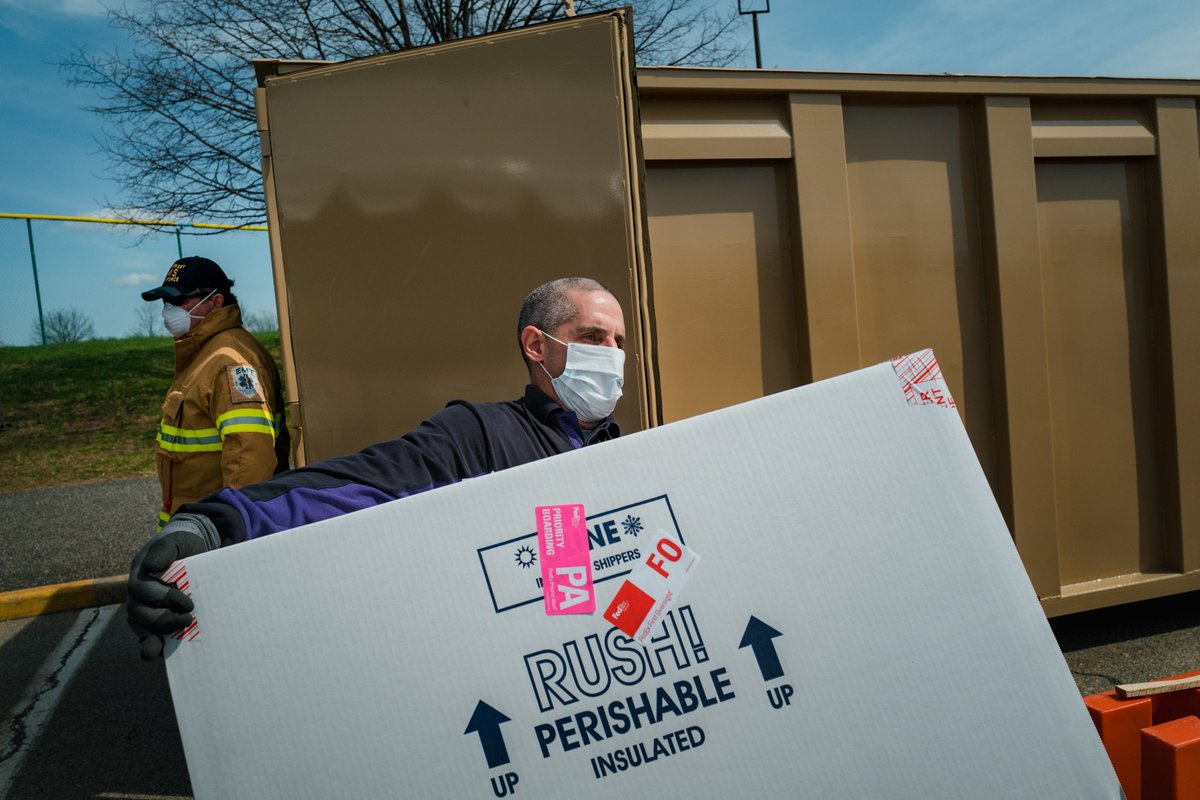
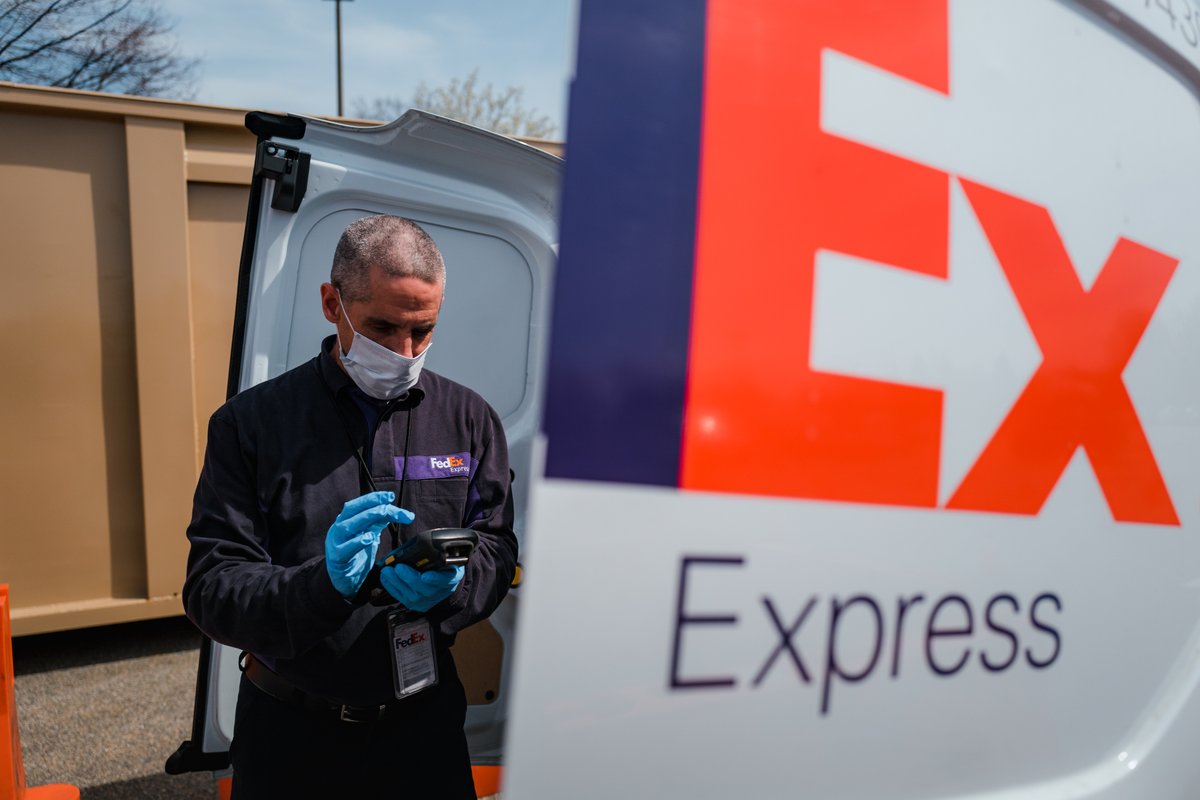
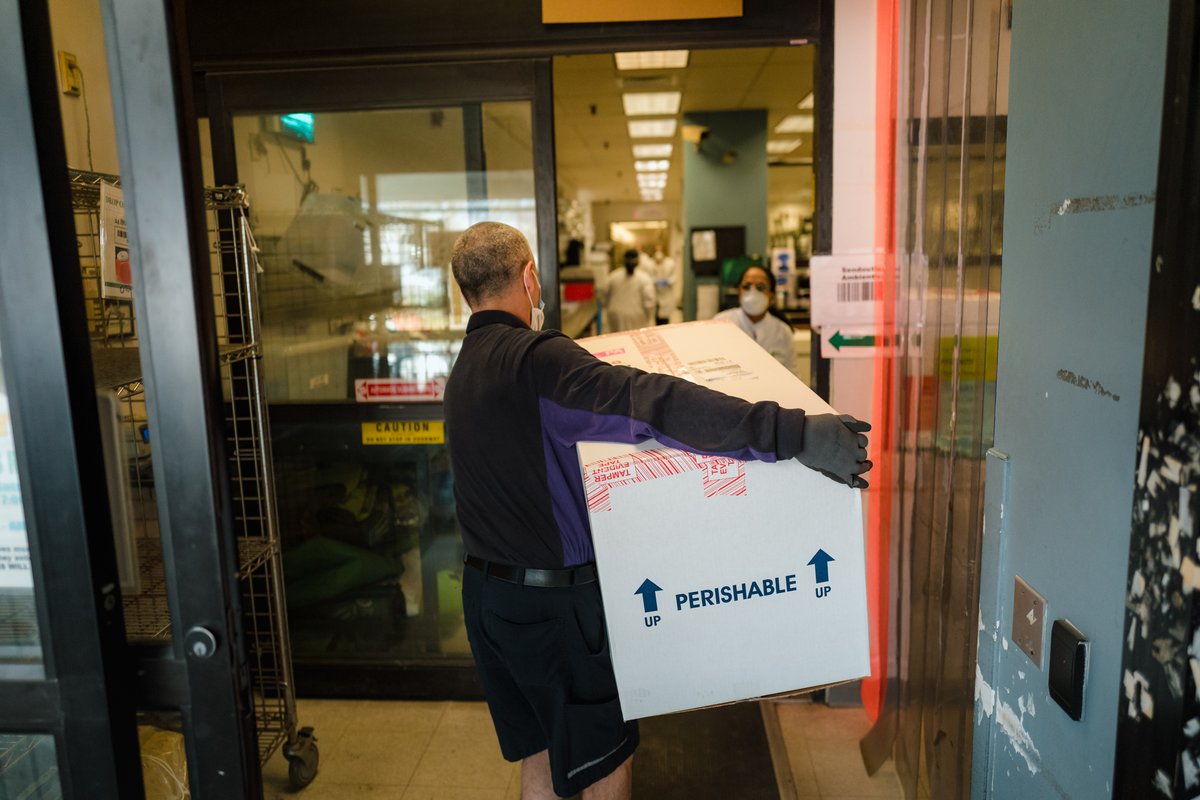
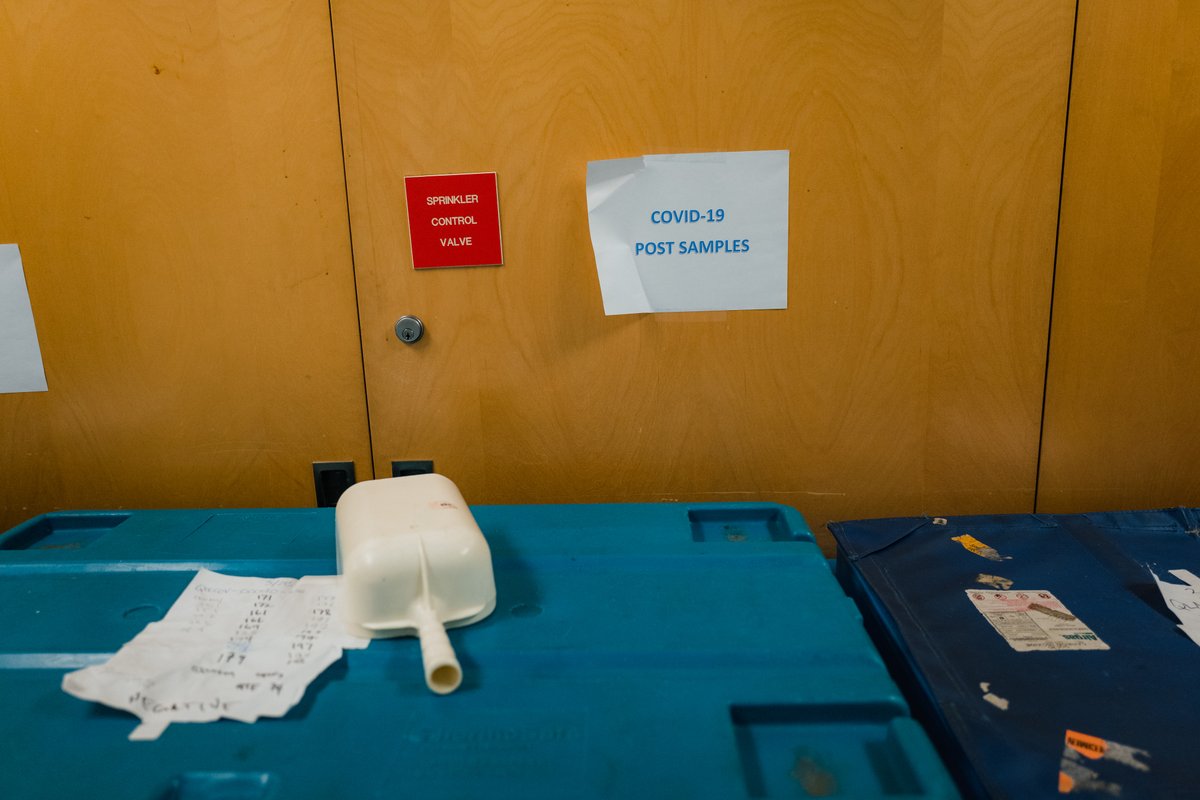
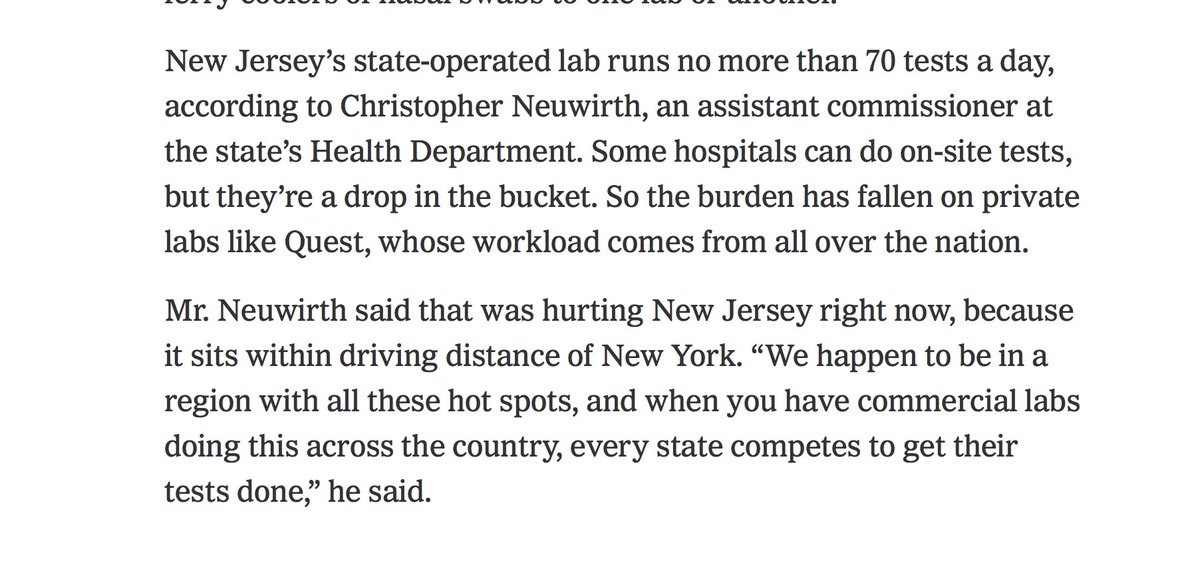
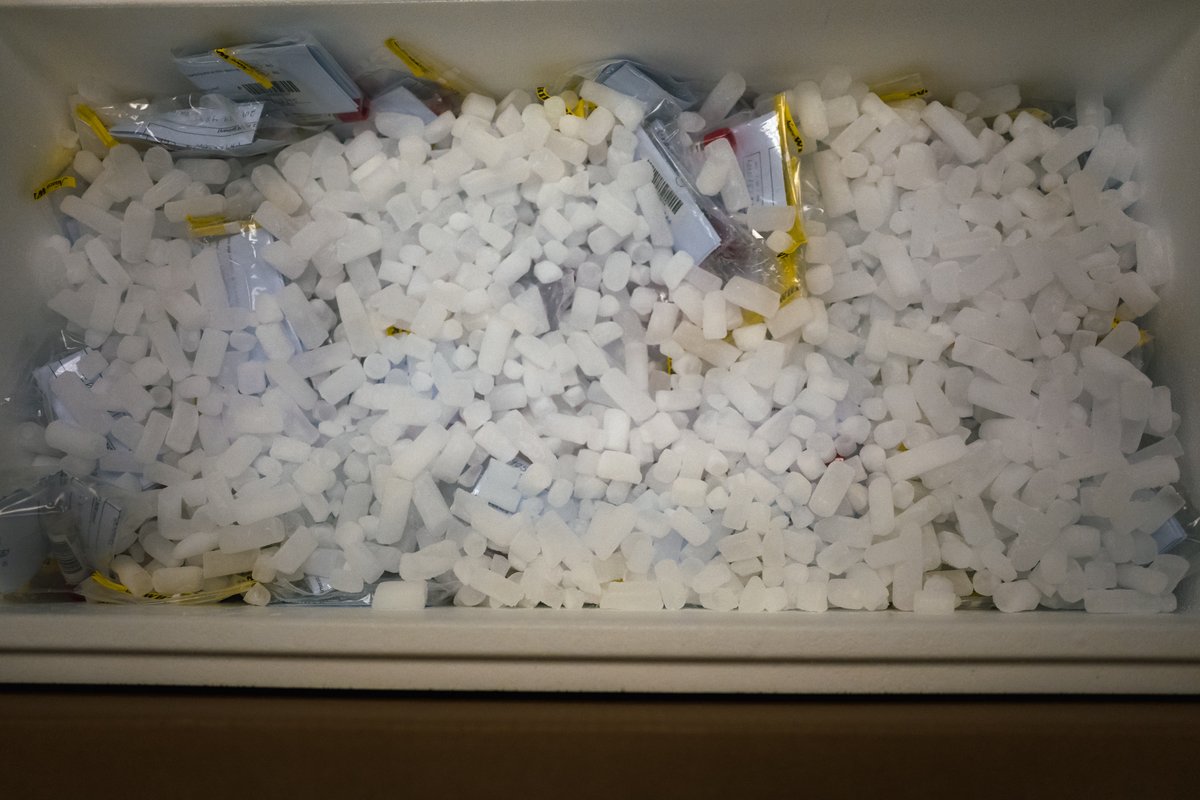
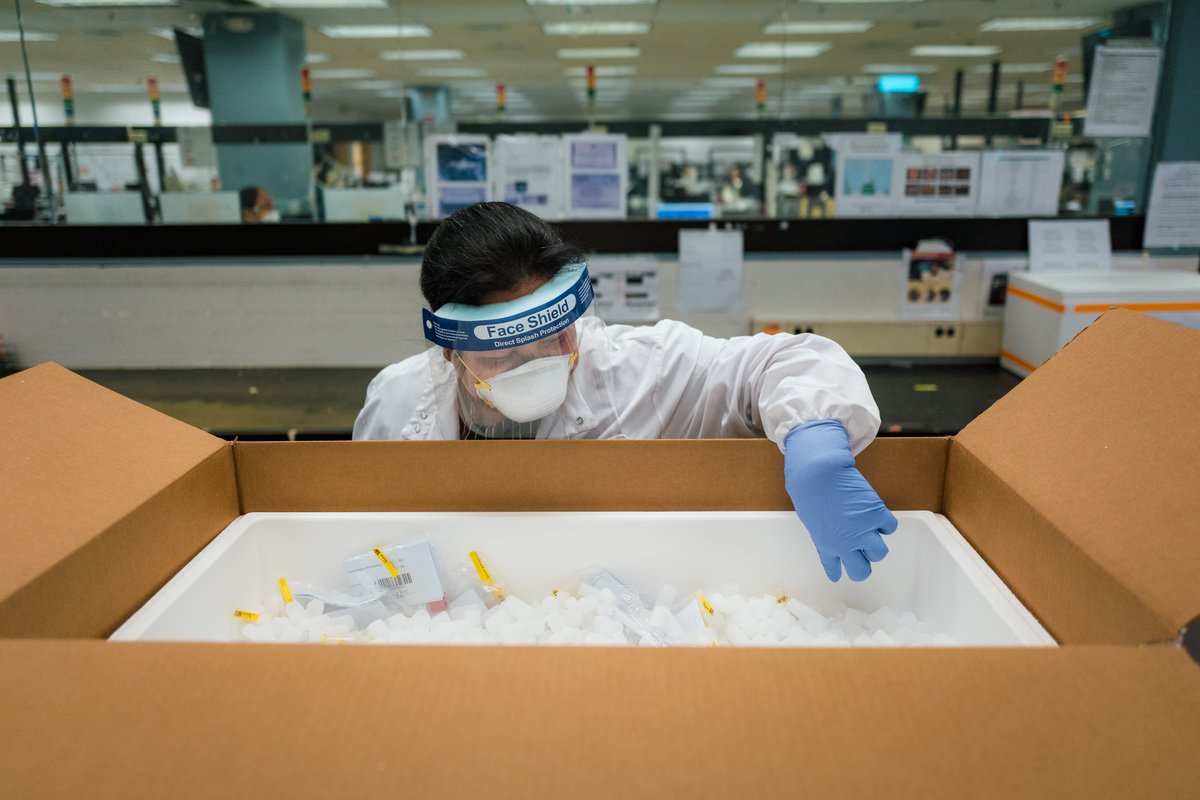
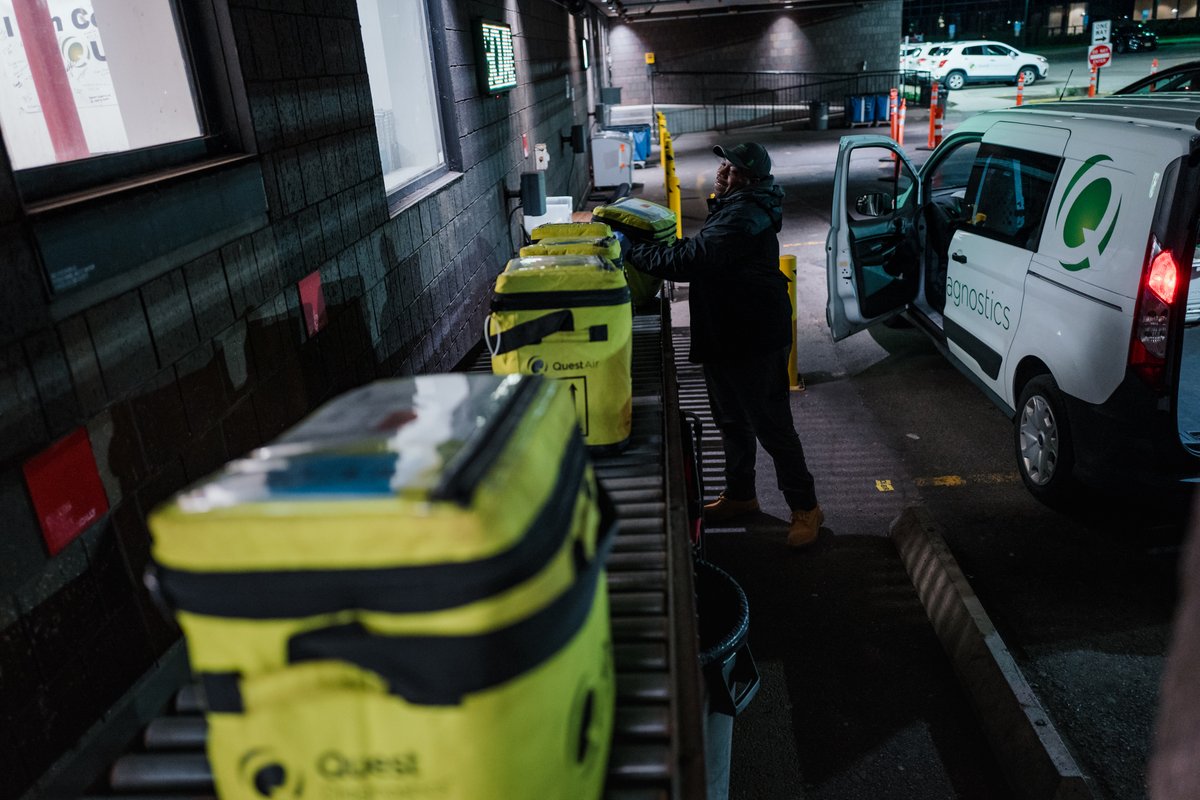
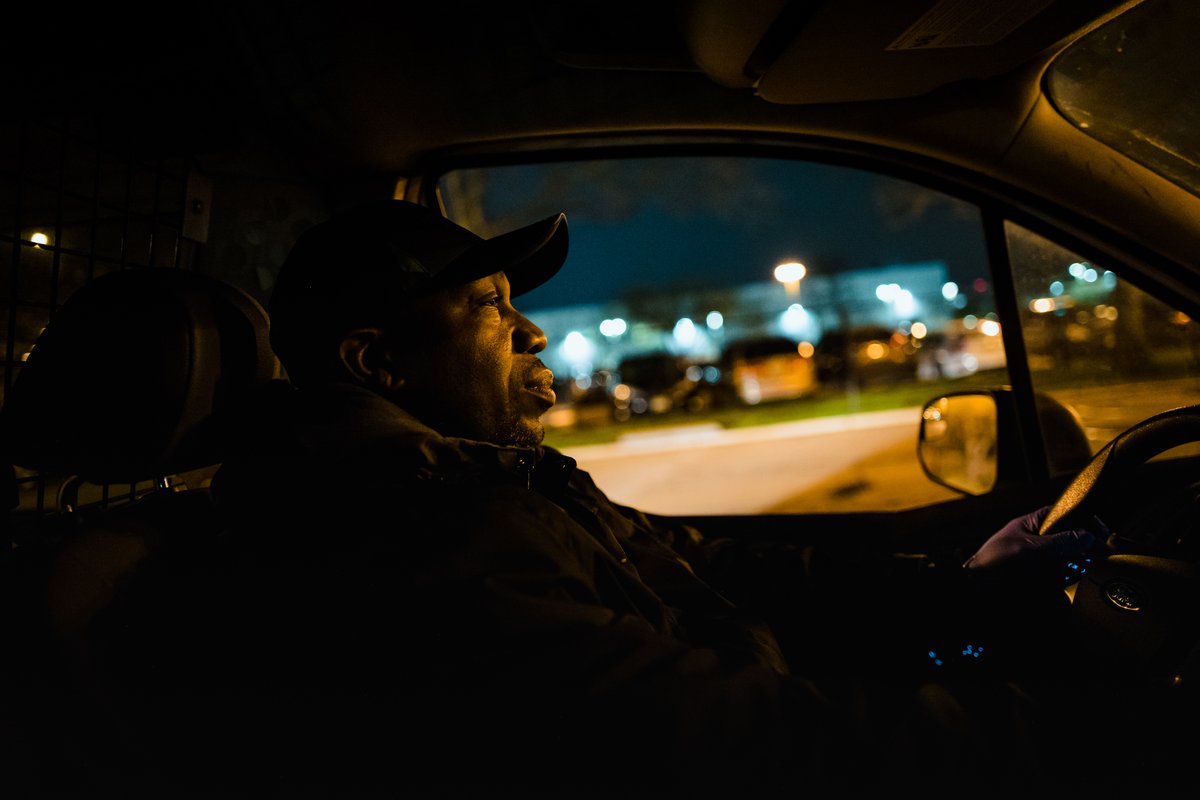
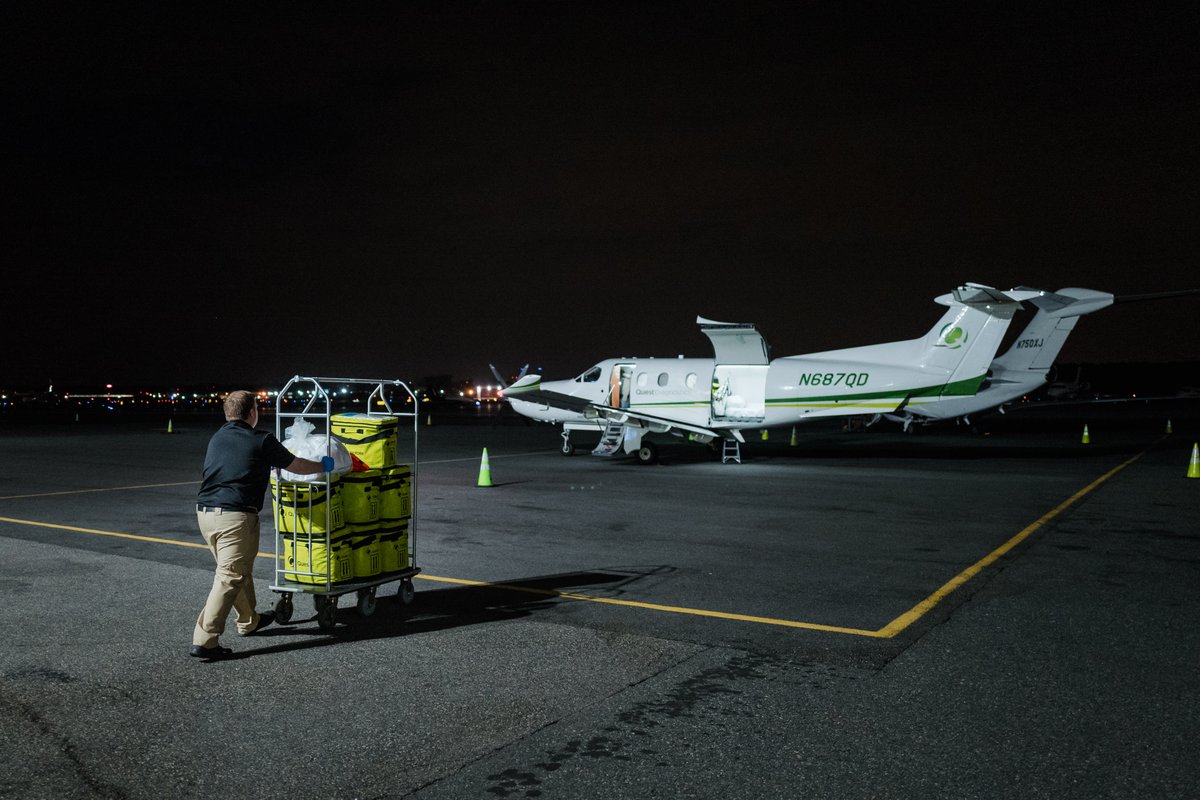
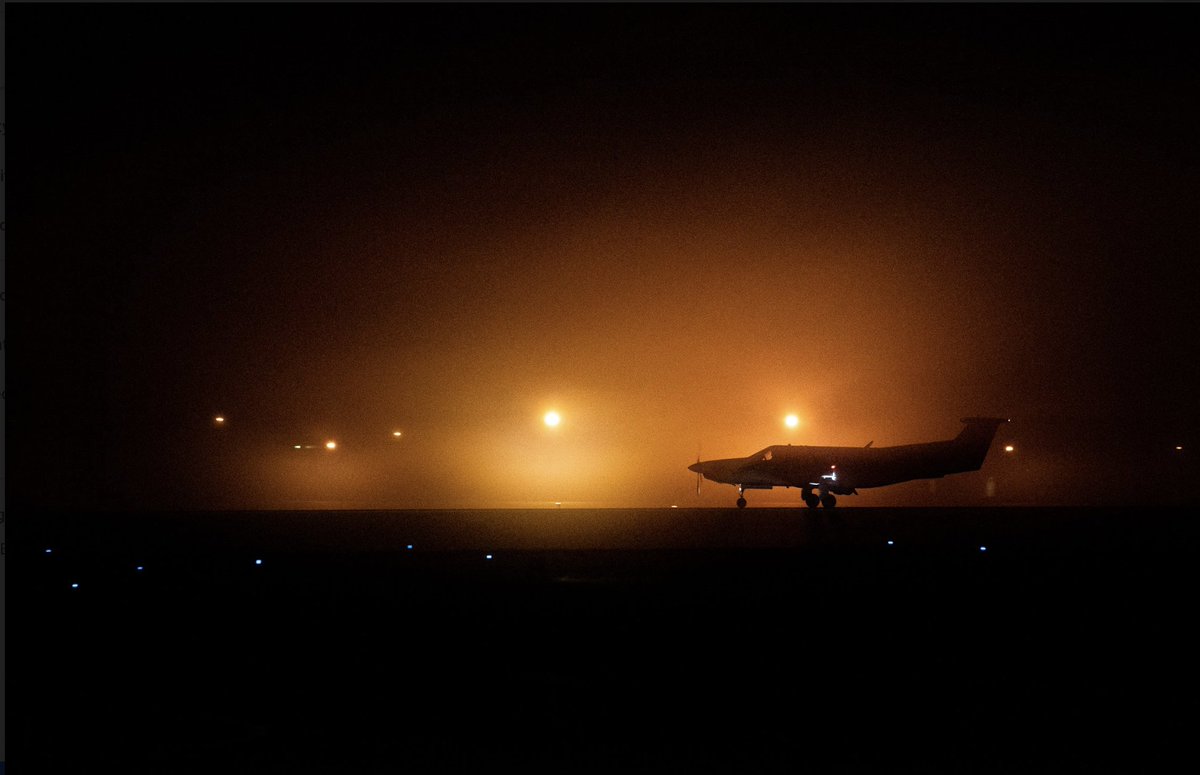
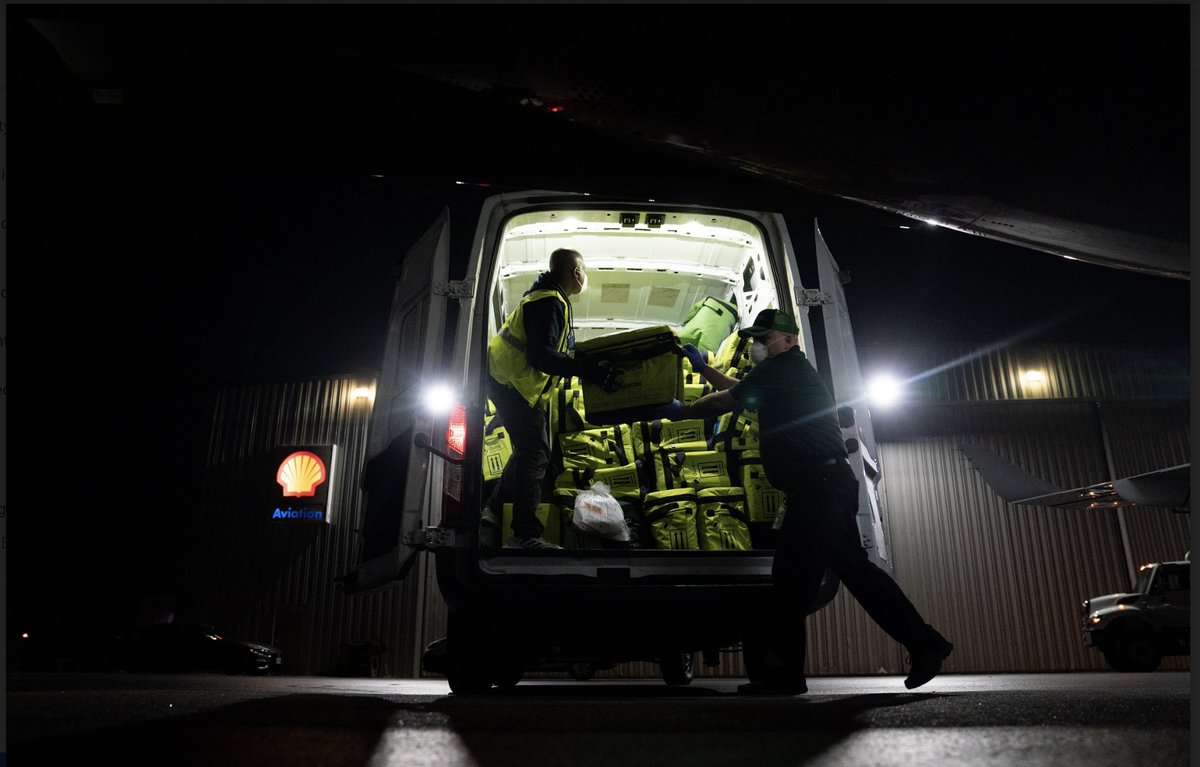
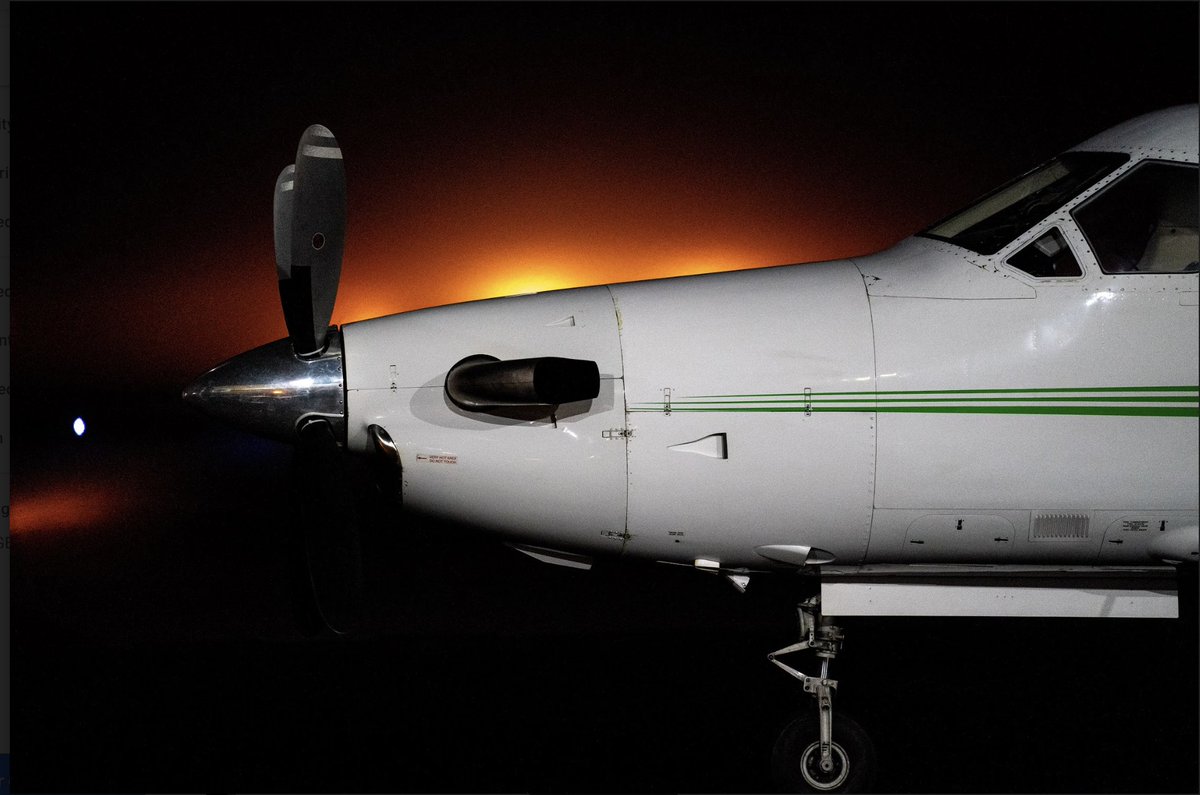
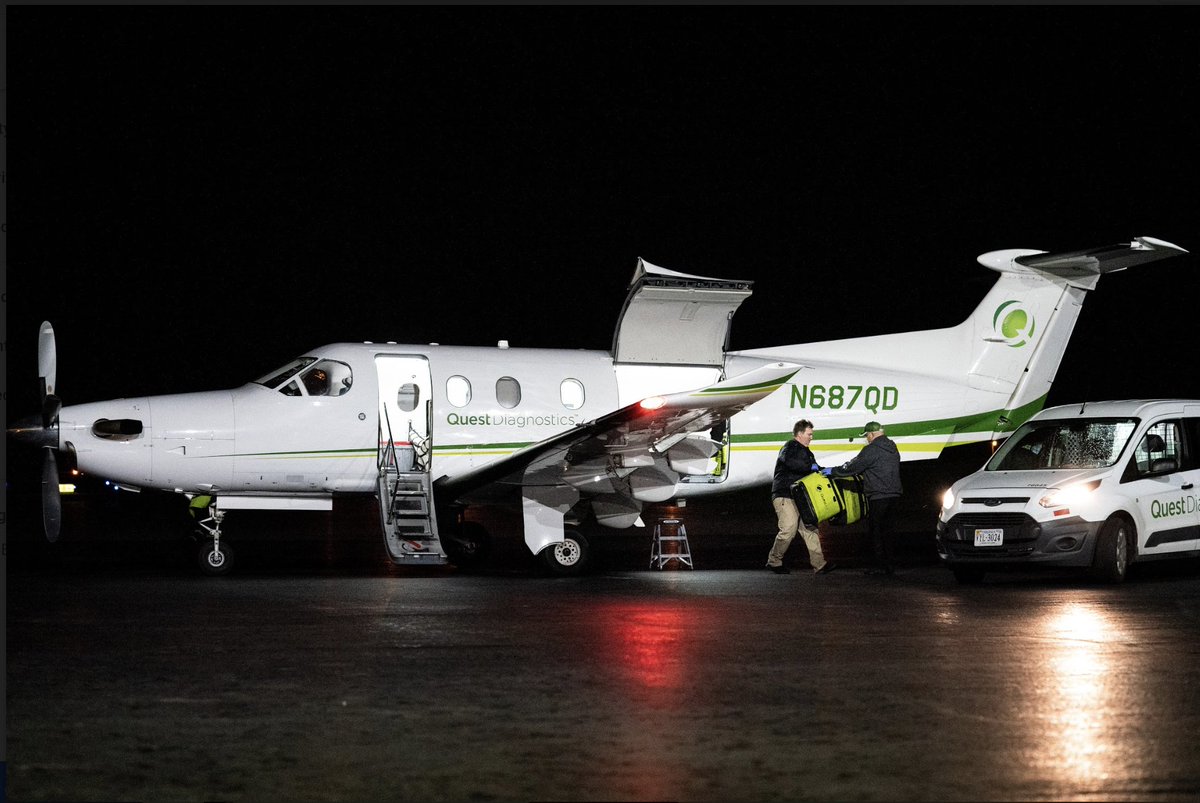
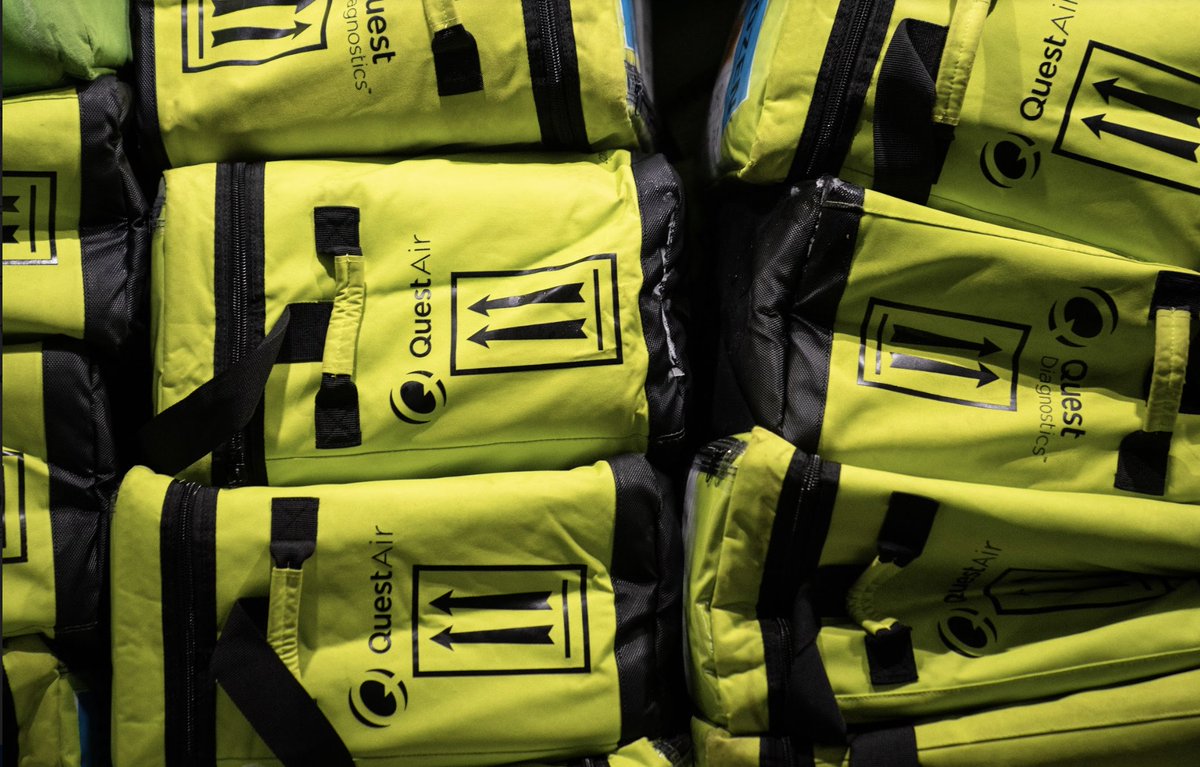
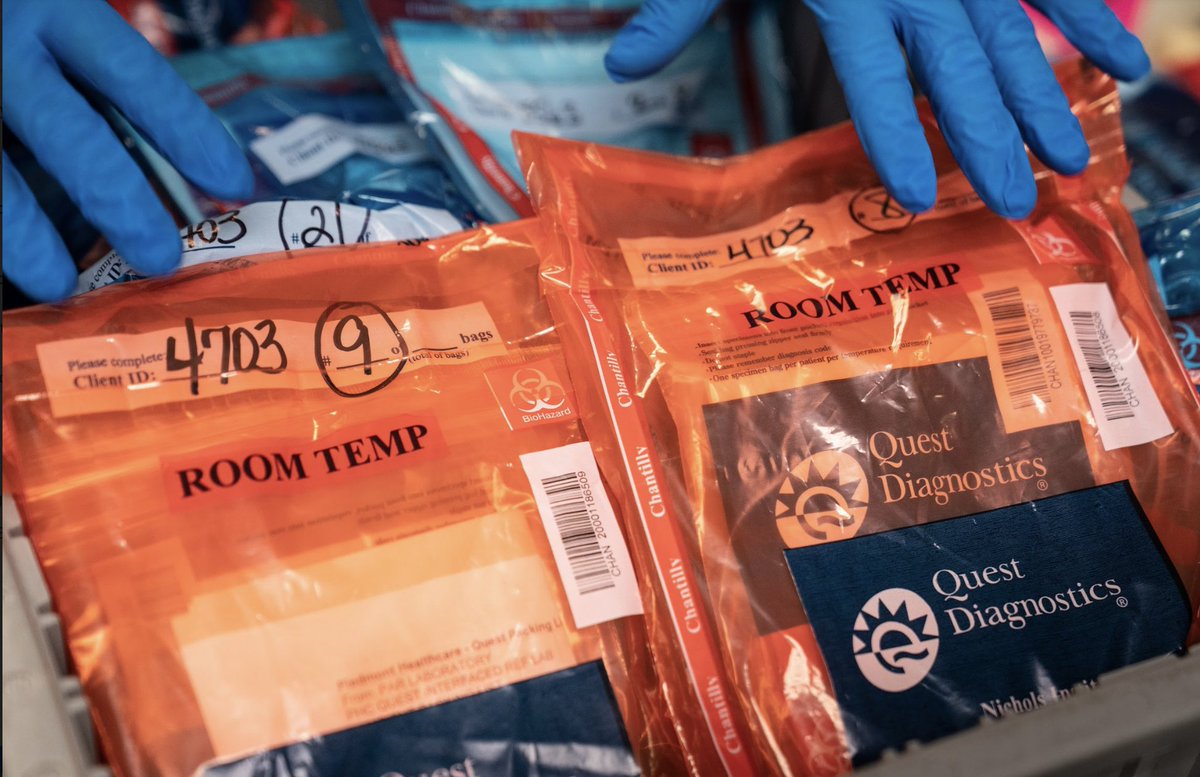
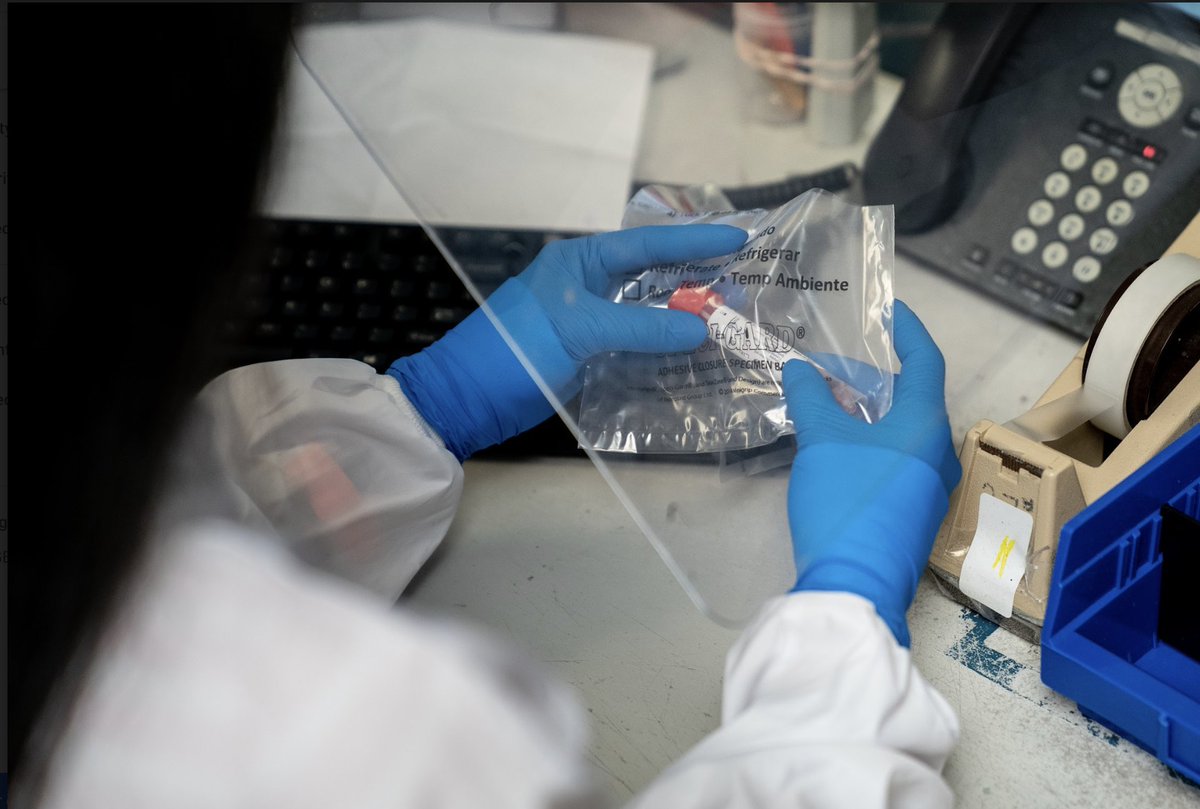
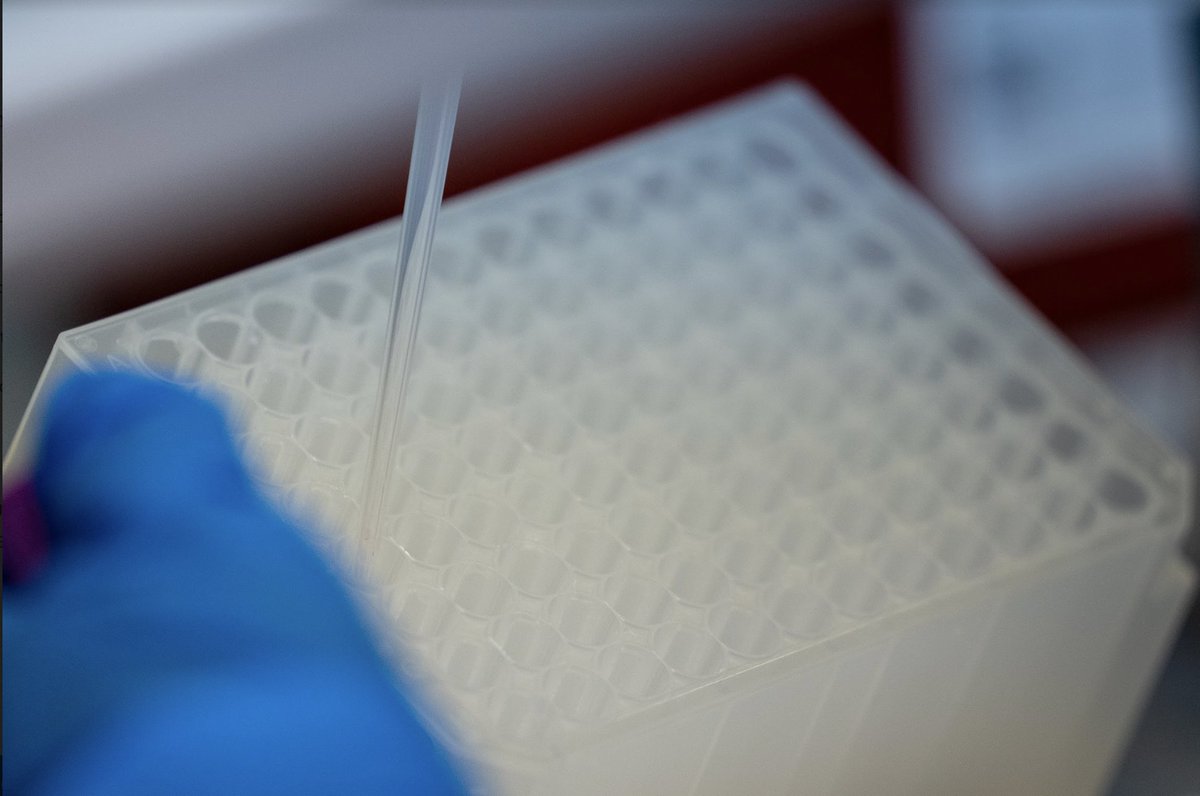
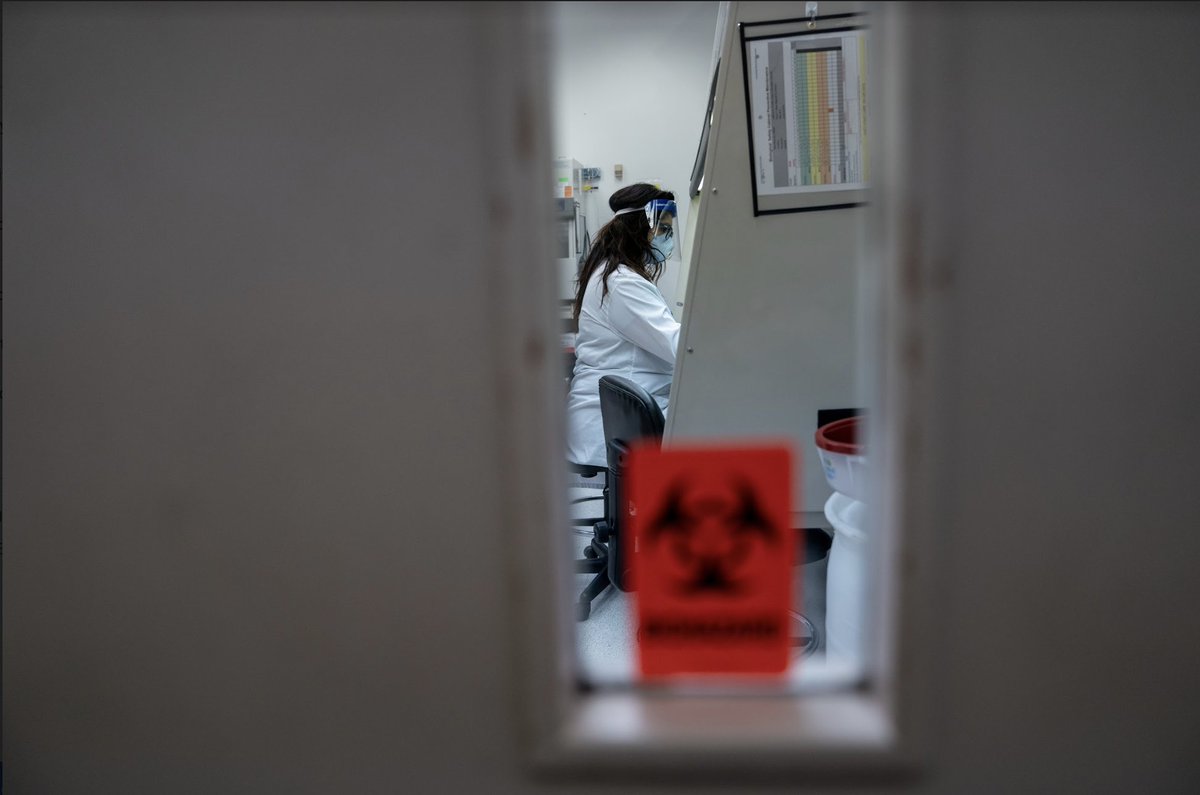

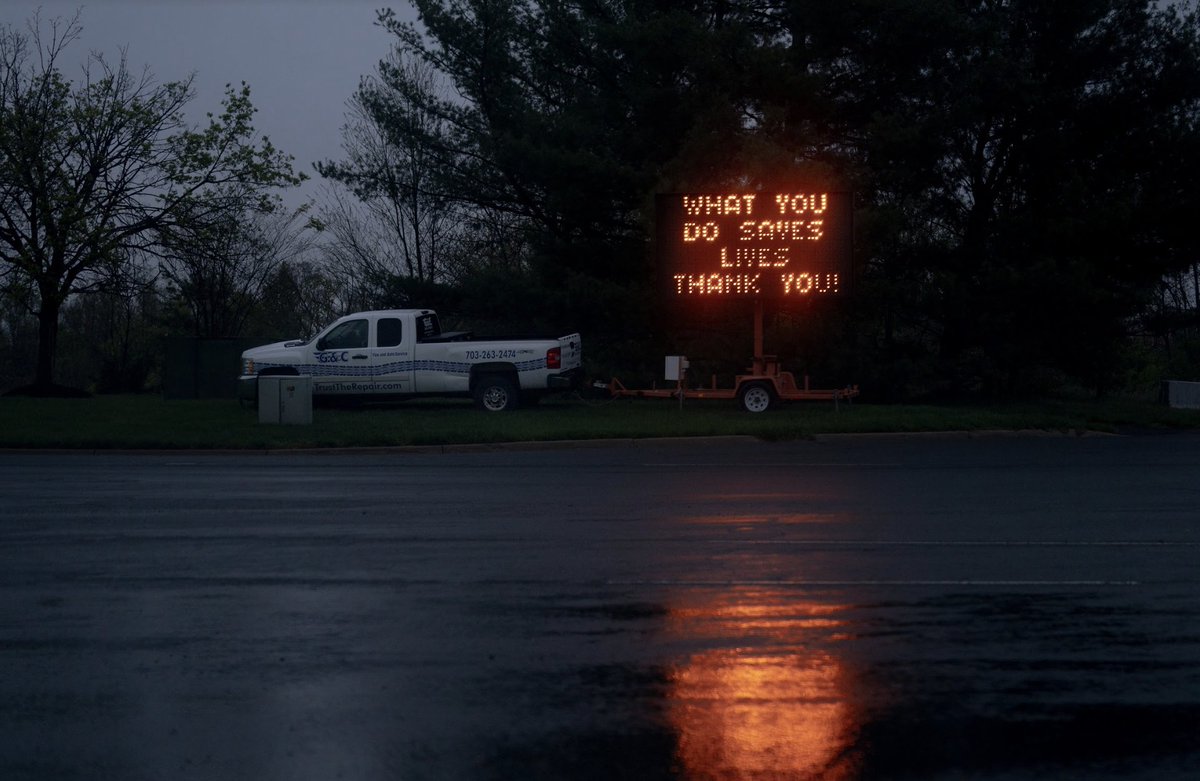
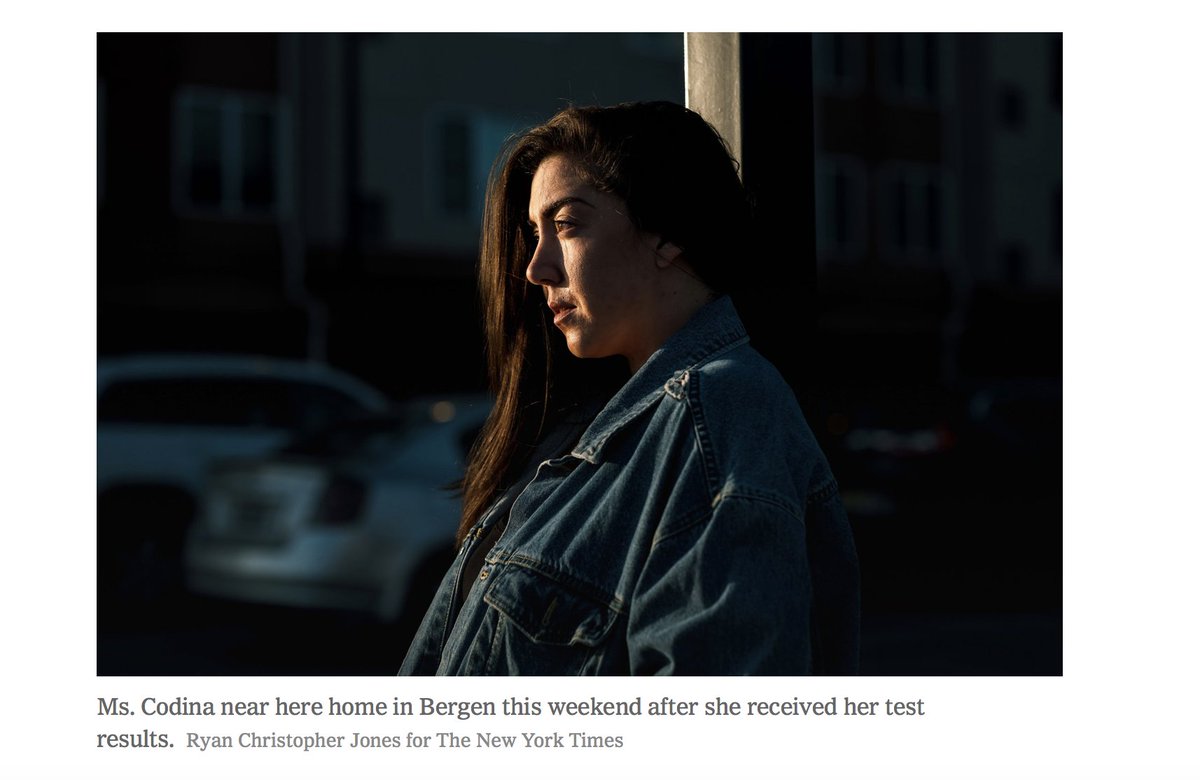
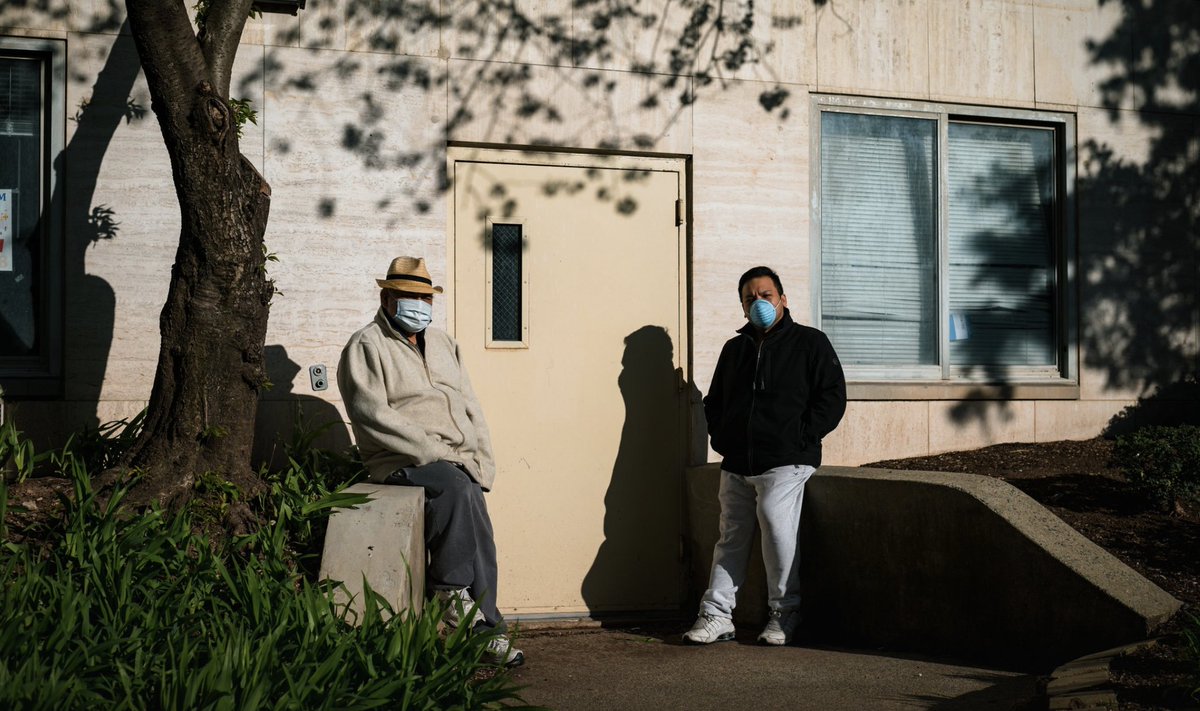
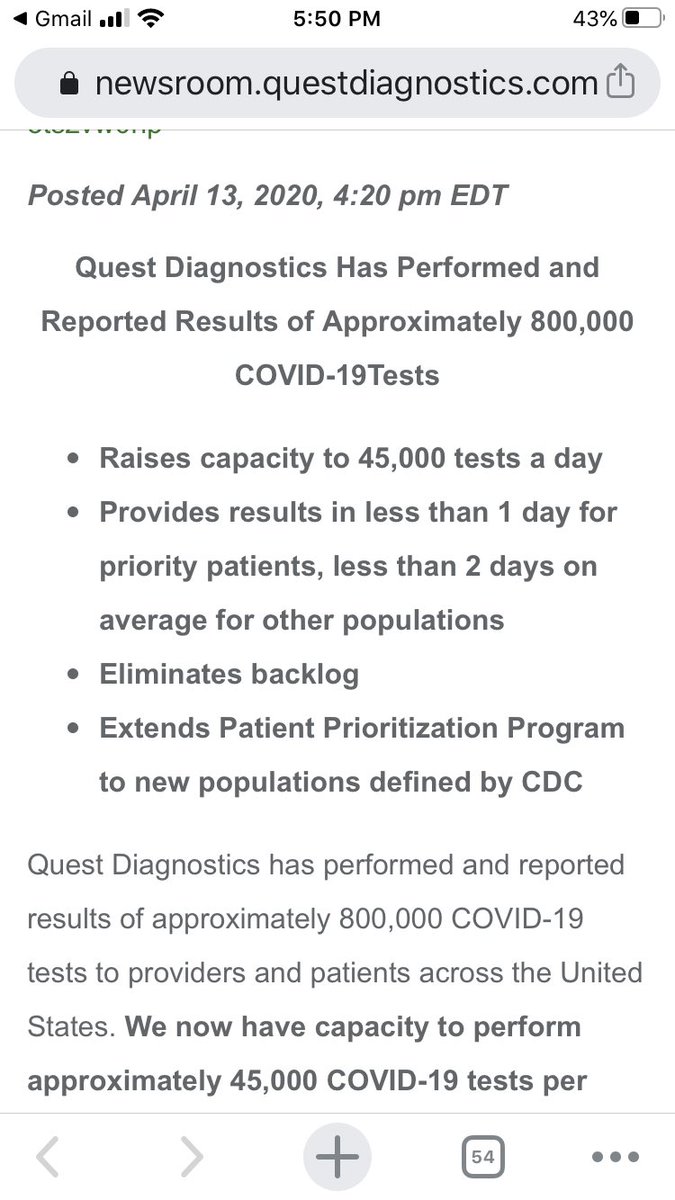 to their scientists who allowed us to peek behind the curtain & to my colleagues @rcjonesphoto @erinschaff whose images grace my article & thread" title="31. Some light at the end of the tunnel from @questdiag which just sent me this. They’ve ramped up to 45,000 tests a day. Thank you https://abs.twimg.com/emoji/v2/... draggable="false" alt="🙏" title="Folded hands" aria-label="Emoji: Folded hands"> to their scientists who allowed us to peek behind the curtain & to my colleagues @rcjonesphoto @erinschaff whose images grace my article & thread" class="img-responsive" style="max-width:100%;"/>
to their scientists who allowed us to peek behind the curtain & to my colleagues @rcjonesphoto @erinschaff whose images grace my article & thread" title="31. Some light at the end of the tunnel from @questdiag which just sent me this. They’ve ramped up to 45,000 tests a day. Thank you https://abs.twimg.com/emoji/v2/... draggable="false" alt="🙏" title="Folded hands" aria-label="Emoji: Folded hands"> to their scientists who allowed us to peek behind the curtain & to my colleagues @rcjonesphoto @erinschaff whose images grace my article & thread" class="img-responsive" style="max-width:100%;"/>


